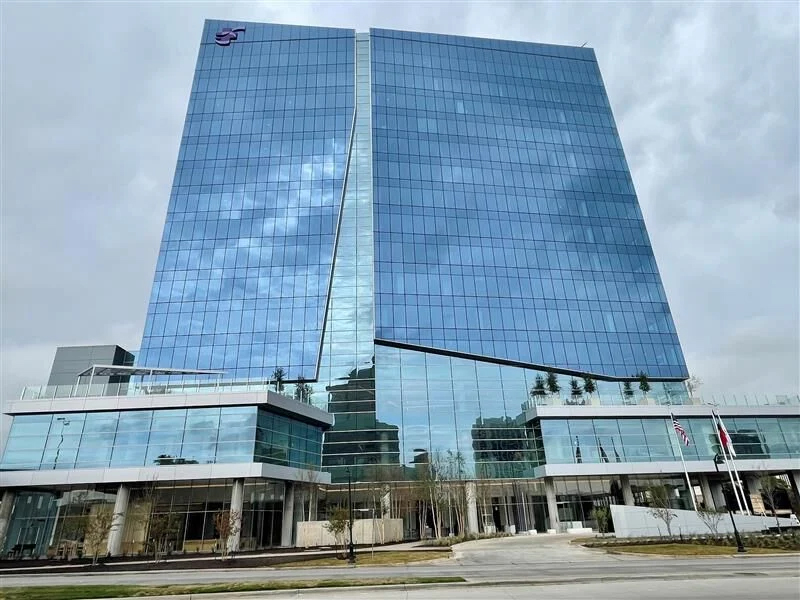Editorial: As Abbott pushes private school vouchers, Texas public education suffers
Published 12:00 pm Friday, December 6, 2024
Gov. Greg Abbott took the microphone with the swagger of a man who’s assured of victory in a battle yet to be fought. At a post-Election Day media event at the private Kingdom Life Academy in Tyler, the governor boasted that the Legislature will pass a school voucher — or “school choice” — program after multiple defeats in 2023.
“Counting what I call only true, hardcore school choice proponents, there are 79 votes in favor in the Texas House,” Abbott said. “It takes 76 votes to get it passed.”
Trending
(Abbott’s comments were in response to his successful campaign to oust Republican lawmakers who helped defeat vouchers in the last legislative session.)
The governor’s multi-year obsession with a private voucher program shows his education priorities. It’s too bad Abbott doesn’t have the same drive and enthusiasm to make sure his state’s public schools are adequately funded.
In the 2023 session, the governor held an increase in public education funding hostage, tying it to passage of his vouchers plan. That decision has trickled down to local school districts, which have been forced to pass deficit budgets and desperately find creative ways to raise revenue amid numerous budget challenges. Those challenges include more state mandates, inflation and declining daily student attendance post-COVID. State lawmakers last increased the average daily attendance allotment — the basis for public school funding — in 2019 in an economic environment that seems light years ago.
In Longview, all of those factors have hit home.
Spring Hill ISD’s board decided to raise revenue by accepting transfer students who pay a fee.
“… We were forced into this position,” said Place 1 Trustee Holly Kirl.
Trending
Across town in Longview ISD, officials say daily attendance — and therefore state revenue — has steadily dropped since 2022-23, forcing budget cuts.
“We closed over 70 position based on resignation or retirements over the last six months,” Wayne Guidry, assistant superintendent of finance, said in July. “We didn’t ask anybody to leave or force anybody to leave.”
He added that the district’s central office has cut multiple positions during the past three years, and all budgets with the exception of security have gone through a 10% cut.
Those tough financial situations and others experienced by school districts across the state should draw closer scrutiny to Abbott’s desire for a voucher program, which would funnel taxpayer money to pay for private education.
Opponents of such a program continue to sound the same alarm with the same objections: Public schools that already are underfunded would be drained even further.
Abbott, also during his recent stop in Tyler, tried to ease those concerns.
“The reality is we can have the best public schools in America and also have school choice at the very same time,” he said. “It does not have to be one or the other, and it’s wrong to pit one against the other.”
The question to the governor and to other lawmakers backing a voucher program is: How does that happen? How can Texas significantly boost funding to its schools while at the same time spend billions on vouchers? If such a plan exists, it hasn’t been detailed and made public. If it were, we imagine opposition would evaporate. The folks at the Capitol should clearly explain how an adequately funded public school system and a voucher program can co-exist in a world where money has yet to begin growing on trees.
Our state’s public schools, which educate 94% of students in Texas, shouldn’t take a backseat to pet projects.
We urge lawmakers to prioritize finding new options to fund our schools not based on average daily attendance — which is unlikely to recover to post-COVID levels — and pass a bill in 2025 that proves Texas truly values its public education system, the people who work in it and the children served by it.







